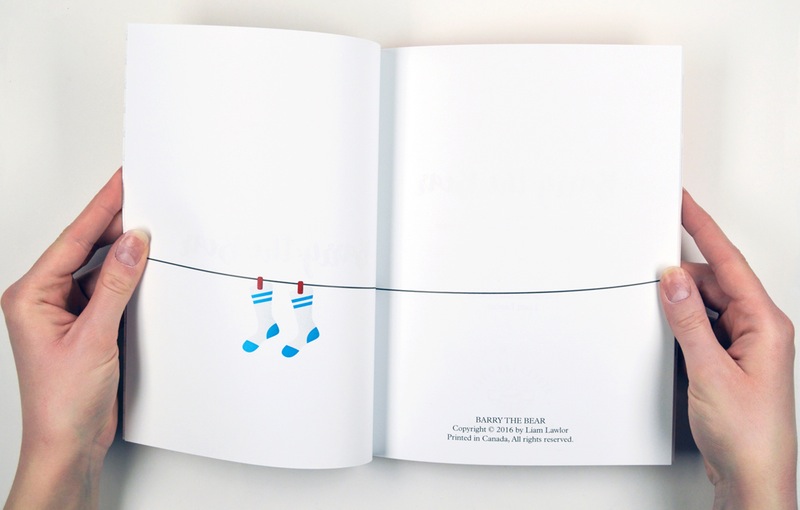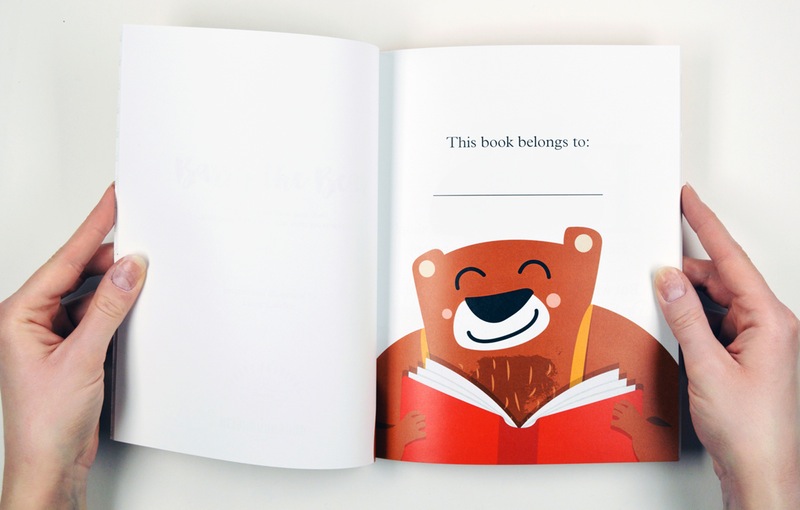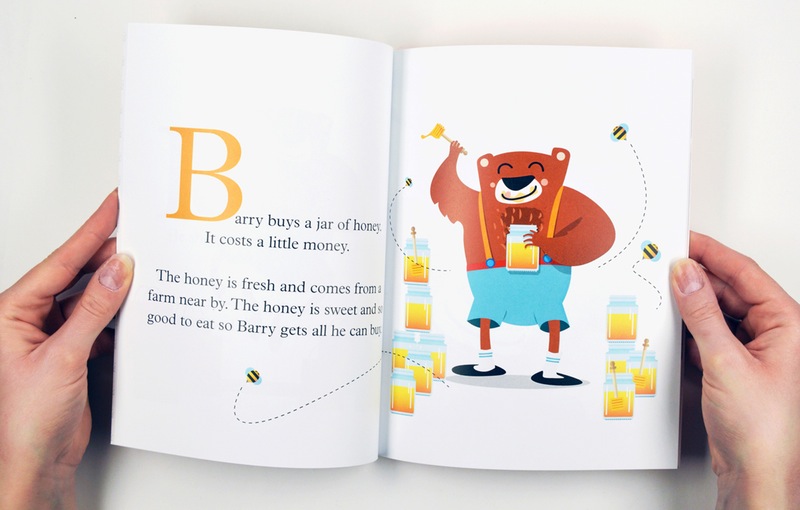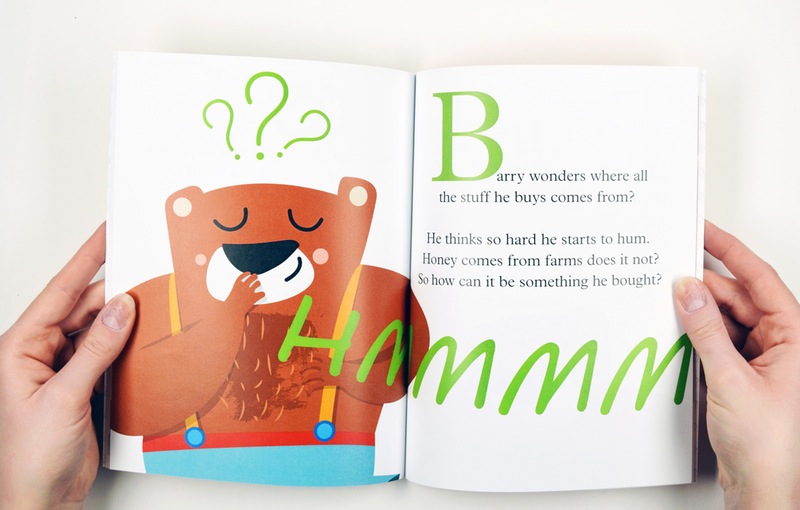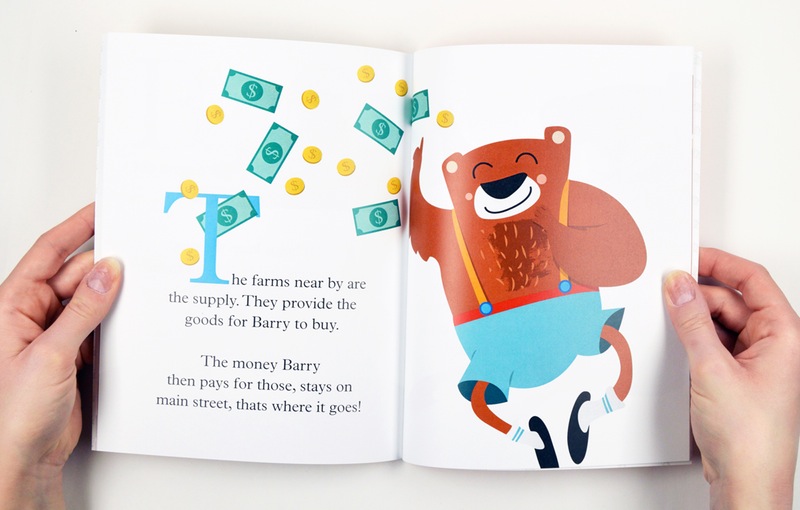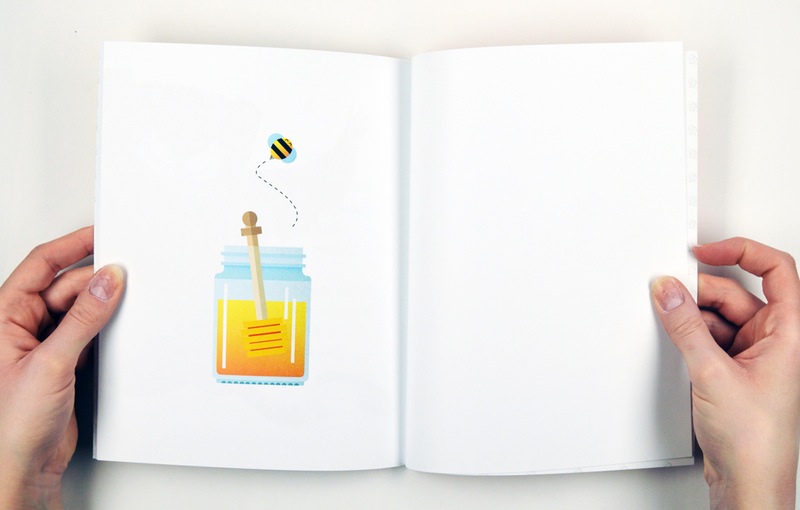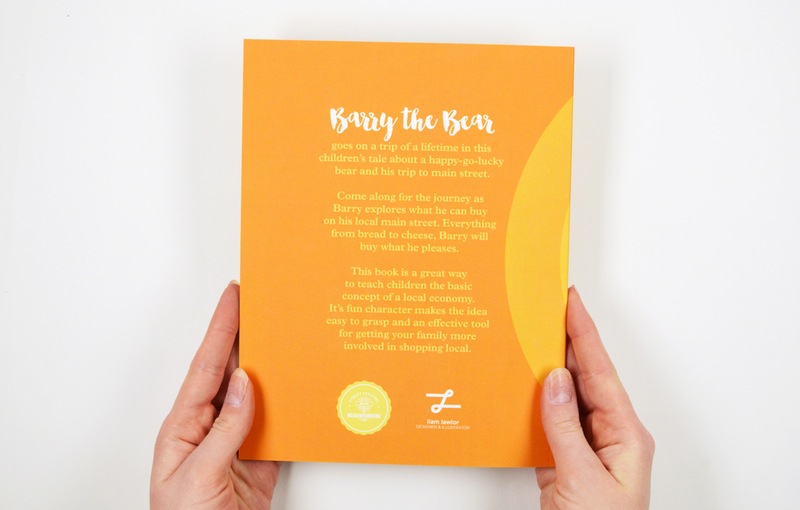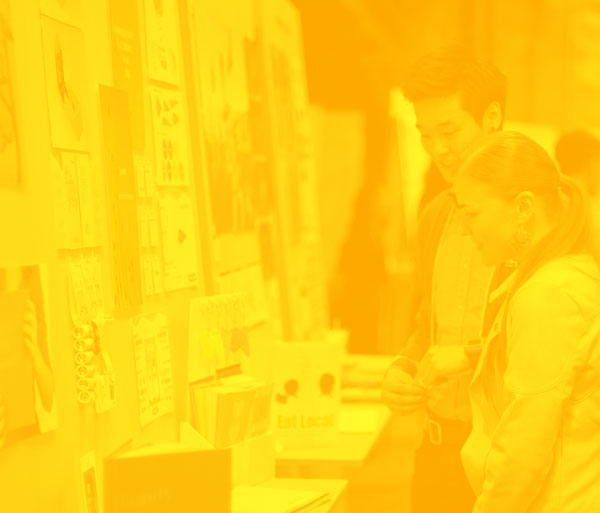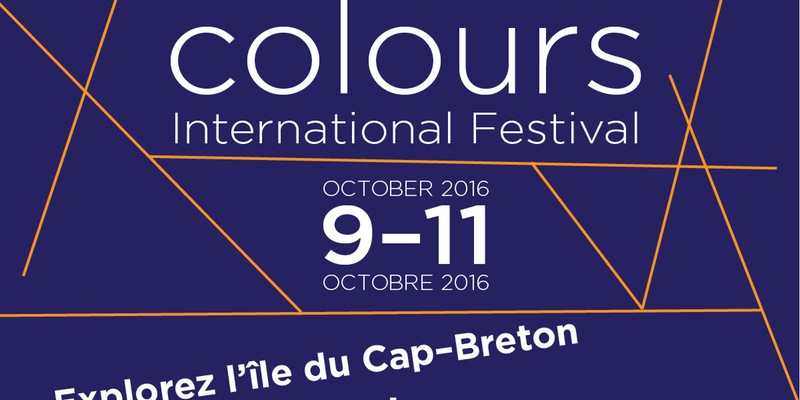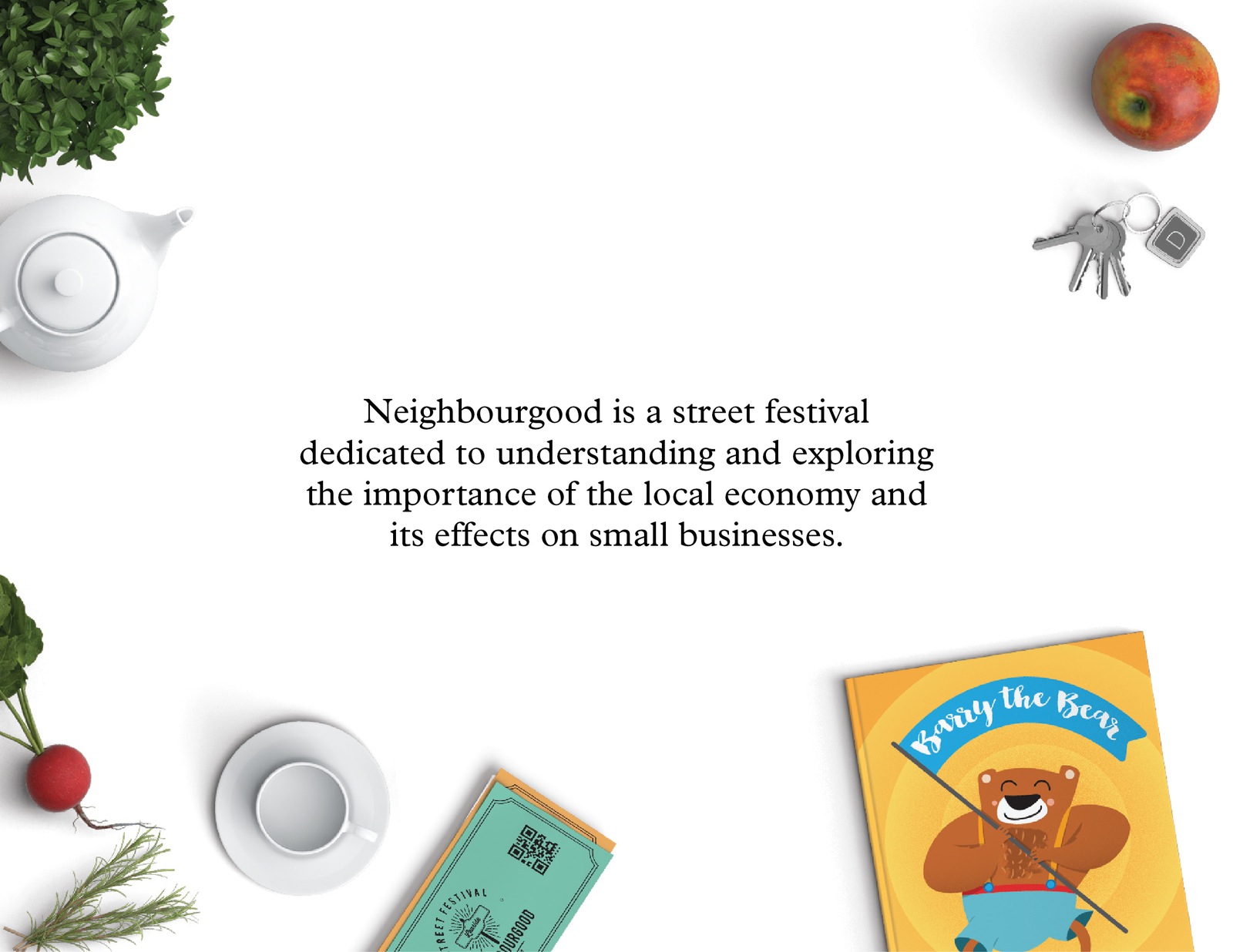
What is Neighbourgood?
The initial goal of the entire project was to create a way to educate people about the importance of the local economy for small businesses. I wanted to provide a meaningful example of it’s affect on the world, and then use that example as an interactive opportunity for children and families alike. Neighbourgood in a way is born out of necessity overall. It’s the response to the rampant consumerism of Big Box stores, and in a way, my version of a potential tool for the survival of small main streets. Though we’re talking about a big city, this festival presents the ability to educate children, which in turn leads to a better and brighter future for mom and pop shops that are currently financially struggling.
Who is Neighbourgood for?
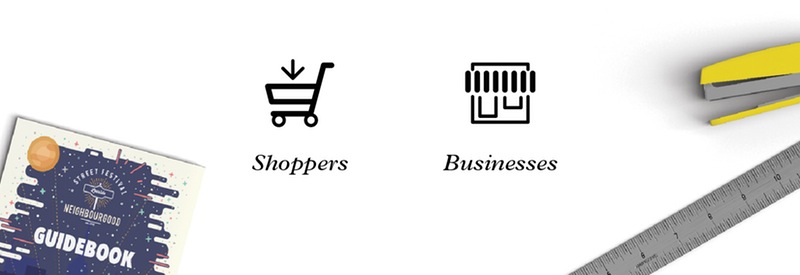
The main question I asked was who was I creating this festival for. It had to be designed with people in mind, and so I thought of consumers and businesses as my two target groups. These groups both presented different challenges; one was very focused on saving money, the other on getting people to spend. I had to find a way to harmonize the way businesses and shoppers worked throughout the festival so that the rewards of participating would be equal; product for cash, learning opportunity for growth opportunity.
Festival Kit
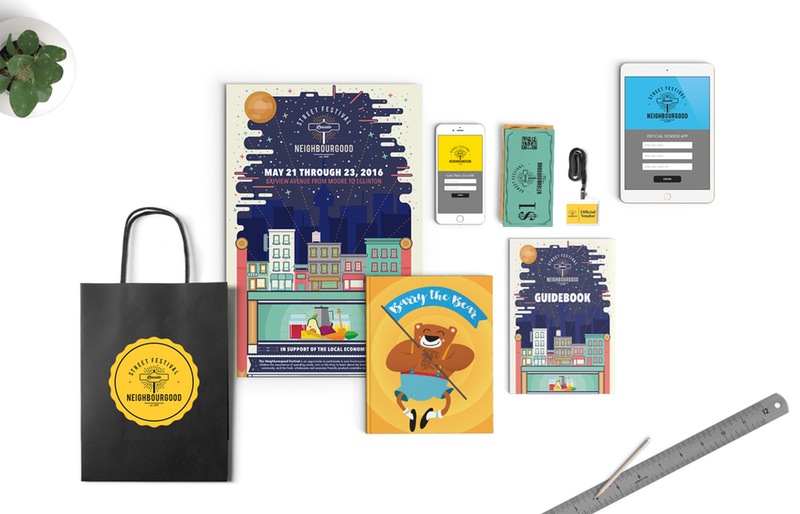
The entire festival is accompanied by a large kit, given to organizers and then distributed to the corresponding groups. The kit is comprised of three sub-kits; a promotional poster, a visitor kit and a vendor kit. These are made to ensure that the festival works as intended and the message it aims to deliver comes across clearly and in a way that both adults and children can understand.
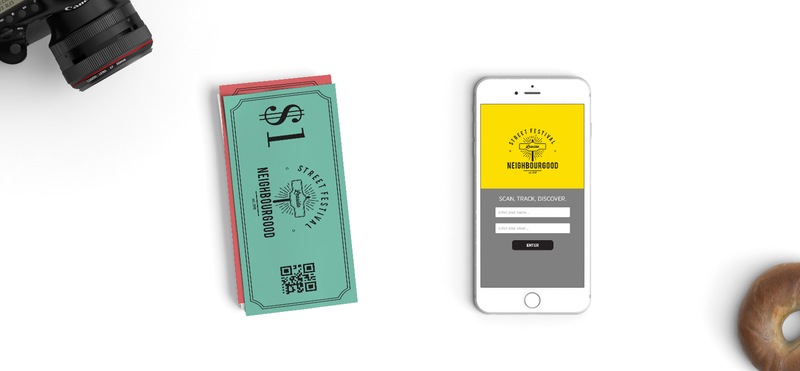
The main feature of the festival is the Neighbourgood money. It’s designed to demonstrate, in unison with the app, how the money moves throughout the main street, and how the local economy is so important and intertwined. When you show up for the festival, you can exchange real cash for Neighbourgood dollars, which are equal in value during the festival. The app then works by scanning the QR code found on the money, which it internalizes and then uses to produce a movement map. Below is a short video to demonstrate the app in motion.
Neighbourgood App from Liam Lawlor on Vimeo.
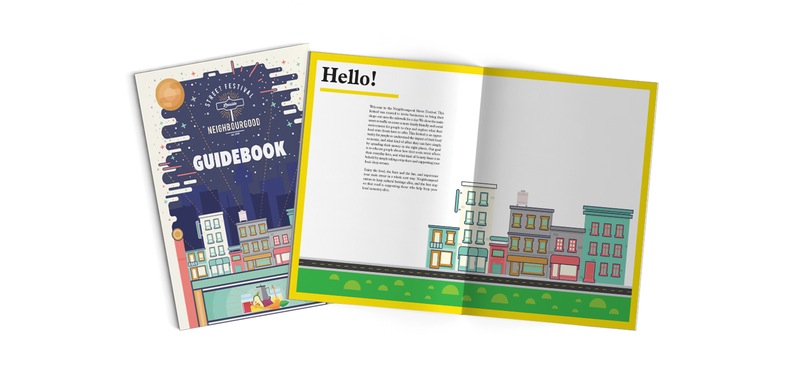
The guidebook simply functions as it would at any other festival. It’s used as a way to explain the workings of the festival, as well as help people to understand the app and festival currency. It also has great tips for continued education outside of the festival.
# Barry the Bear
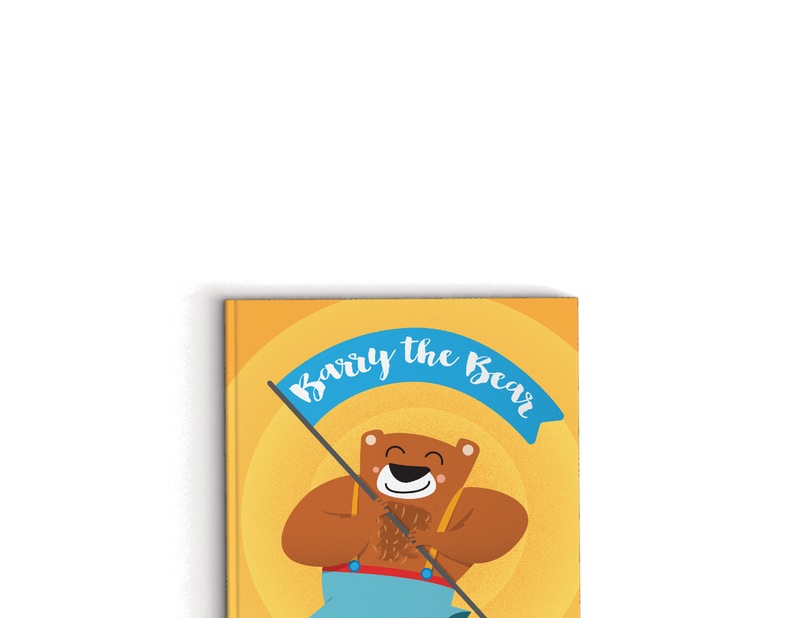
Combined with the app, the goal of these two pieces is to describe to children how important the movement of money is both throughout a main street, and also the local economy. The goal is to use the friendly character of the bear, as well as the data provided by the app in harmony to show in plain terms how much money moves. While the children’s book does it in a more basic and friendly way, the app is better for teaching older children, teens and young adults.
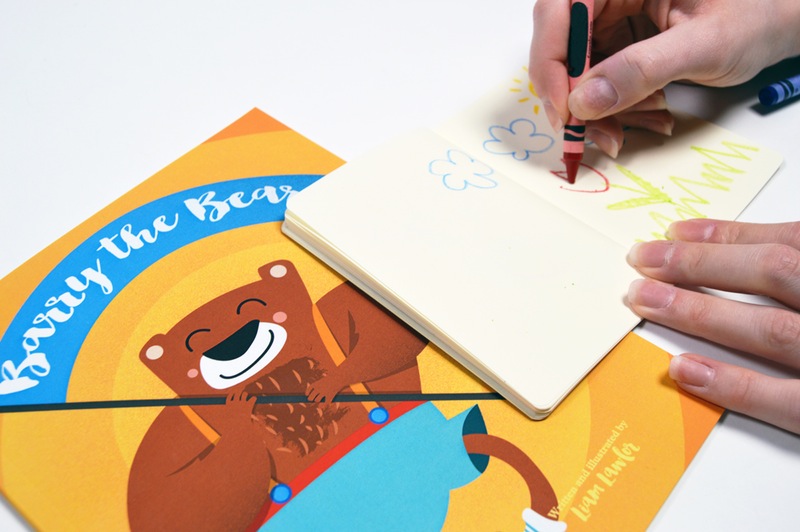
Using a system of language that deals in products and ideas that children know, this book can become more meaningful for them learning about the importance of the local economy. Honey is a major focus in the book, because of the universal nature of the product. It’s locally sourced, a child friendly item, and relates on a massive level to the local economy. Honey is often found on small farms, not major harvesting centres, and it’s a key way to provide the message of the festival.
